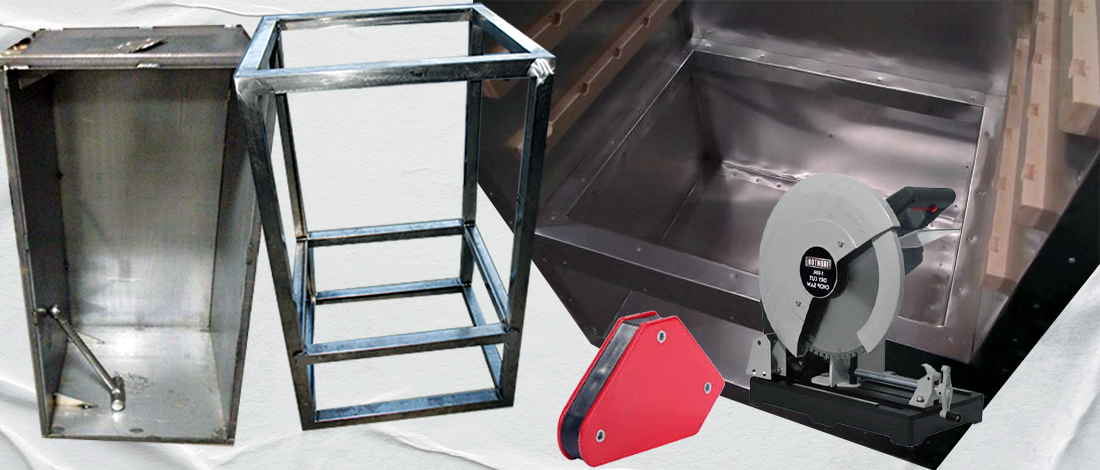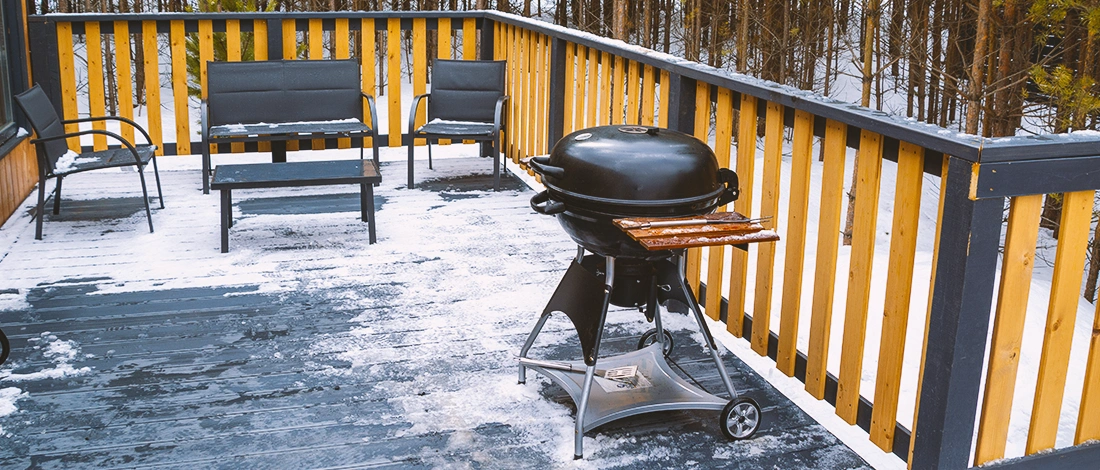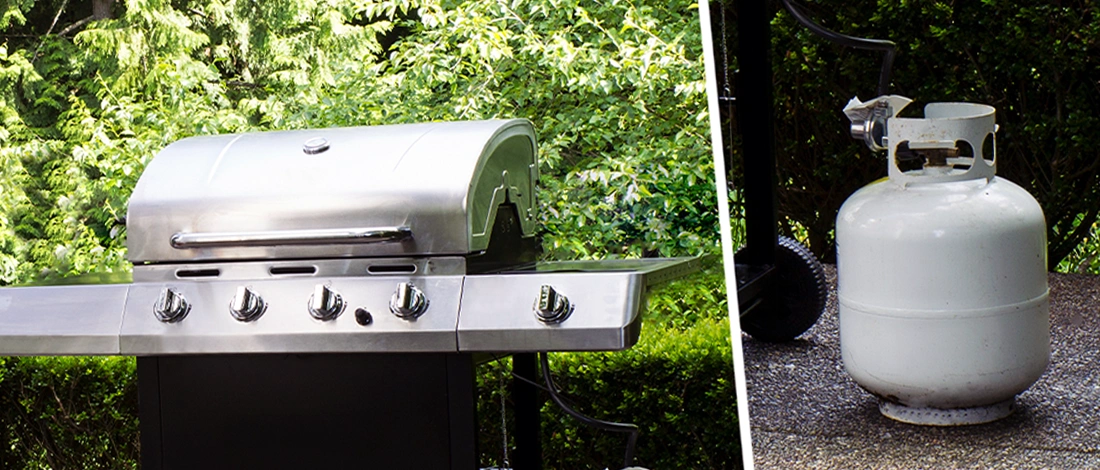A staple in Japanese cuisine is yakitori which is becoming a more and more popular dish around the world. But to cook yakitori at home, you are going to need a specific kind of grill which costs in the hundreds with fiberglass insulation and a brick cover.
That is why our team of expert grillers worked to build a DIY yakitori grill that is inexpensive but still gives you great results. Keep reading to find out how to build your own sturdy and functional yakitori grill.
Quick Summary
- A DIY yakitori grill is an affordable way to enjoy Japanese-style grilled chicken skewers at home, using basic materials like sheet metal, steel L-straps, and heavy-duty pans.
- The construction process involves five main steps: preparing the metal, fitting the pans, assembling the structure, attaching accessories, and firing up the grill for cooking.
- A 1986 study in the National Library of Medicine found that 1-nitropyrene, a mutagenic compound, is present in yakitori (grilled chicken), with its concentration affected by grilling duration and the use of marinating sauce, highlighting the impact of cooking methods on the formation of hazardous compounds in grilled foods [1].
- Safety considerations include avoiding galvanized steel, sanding sharp edges, and using a non-flammable surface.
What is Yakitori Grilling?
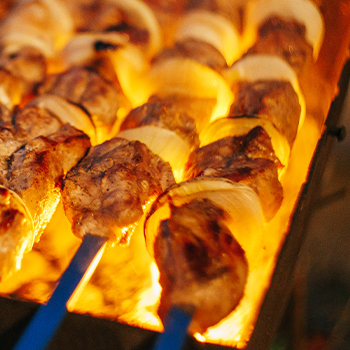
Yakitori style is grilled chicken that is served on bamboo skewers with a tare, a regional dipping sauce [2]. Tare is a combination of soy sauce and sweet mirin.
Finger food perfect for a backyard bbq. You’ll cook a variety of meats over the grates and coals, but what makes this different is how it's cooked.
These meat skewers are cooked over what’s known as a binchotan or a clean-burning charcoal that gives the chicken a unique flavoring.
White charcoal is said to be healthy for the environment and people. Burned from the same wood as black charcoal, it just gets heated at a different temperature before it can cool down.
A yakitori grill also cooks on a higher temperature than your typical outdoor grill. The heat from the bricks or charcoal creates a unique grilling experience.
Related Article: What’s the Best Japanese Yakitori BBQ Grill?
How to Make Your Own DIY Yakitori Grill

Create a DIY yakitori grill that doesn’t break the bank while also giving you great cooked food.
Equipment Needed
Yakitori grills are compact and don’t need a lot of space, which is why many grillers have turned to this type of range for their small patio or apartment balcony. The most basic type of grill is one made of sheet metal which is the method we will show you.
To create your sheet metal grill, you’ll need the following items:
- Corks
- Paint
- Tape
- 2 steel L-straps
- Bamboo wood skewers
- An assortment of rivets and washers
- 2 heavy-duty cake or hotel pans, preferably 6” deep
- Rectangular Sheet metal that is 12” x 24”
A basic understanding of metalworking will be helpful for this project and so would the following tools:
- Drill
- Measuring Tape
- Hacksaw
- Center Punch
- Bench Grinder
- Hammer
- Pop Rivet Tool
- Safety Goggles and gloves
Once you’ve gathered these items, you can begin the project.
Step 1: Prepare the Metal
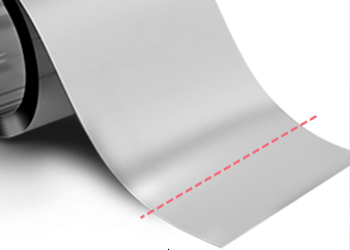
Take the sheet metal and drill a series of 5/32” holes across one long edge.
The holes need to be big enough to fit the bamboo skewers thru, which keeps them from rolling around.
Along the shorter edges, drill five holes each an inch from the edge.
Step 2: Fit the Pans

The pans you use need to be deep enough for storing food. Take the two pans you have and flip them over.
Find the center of each one and punch a hole directly through it. Now, draw a line from that center hole to the edge of the pan.
Center the L-strap on the line and use a marker to draw where to place the next holes.
We recommend using wood blocks or pavers to support the pan as you punch three holes into each pan exactly where you marked them earlier.
Fasten the L-straps to the bottom of each using a pop rivet and a washer.
Step 3: Assemble
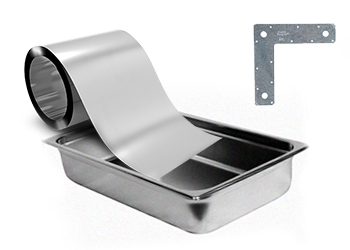
Take the foil you’ve already punched holes into and lay it into a shape that will fit inside the pans. The L-straps should allow the grill to stand without falling over.
Once the sheet metal has been placed inside the pans, measure where the holes from the pan line up with the sheet metal.
We recommend creating these matching holes by using a center punch.
Now, attach the metal to the pan with rivets and washers. If you want to add to this easy summer project, spray paint your grill a fun color.
Step 4: Attach Accessories
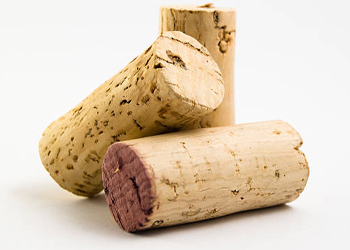
There are two types of feet you can add to your yakitori grill: cork or metal. We recommend going for the cork as it won’t get as hot as the metal legs.
Split the cork down the side and slide the L-strap inside of it. You can cork as a handle as well.
To do that simply drill a hole in the middle of the cork and affix it to the side of the handle using a bolt and a washer.
Step 5: Fire Up and Start Cooking
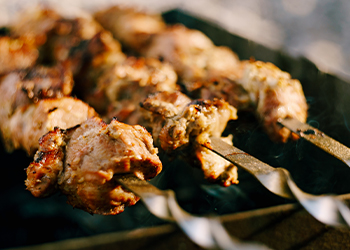
Yakitori grills in Japan use white coals otherwise known as binchotan. This type of charcoal grilling gives off high, clean heat.
However, it isn’t necessary to make good grilled yakitori chicken skewers.
Lay the prepped skewers across the grill and continue to rotate them. While it’s grilling, dip the chicken into a sauce and put it back on the grill.
The heat from the grill sears the sauce deep in the chicken giving it the juice taste that many associate with yakitori grilling.
Tips On How to Avoid Risk
When building your DIY yakitori grill, it’s important you be aware of some issues that could come up along the way.
According to C-Mac Industries, one major issue that can come up is galvanized steel and toxic fumes [3]. Don’t pick galvanized metal to insulate the grill or make any part of it as it gives off toxic fumes that are quite hazardous when heated.
Also, check the edges of your sheet metal for any sharp areas. You’ll want to cut and sand down those areas, so nothing gets snagged while grilling, like skin or clothes.
A yakitori grill is built for small spaces, but you shouldn’t leave it directly on the ground or a wood deck because of the generous heat it gives off. Set it on top of pavers or brick so it will work better and leave some room around it.
References:
- https://pubmed.ncbi.nlm.nih.gov/3528832/
- https://www.merriam-webster.com/dictionary/yakitori
- https://www.cmac.com.au/blog/5-things-to-welding-galvanized-steel-safely




